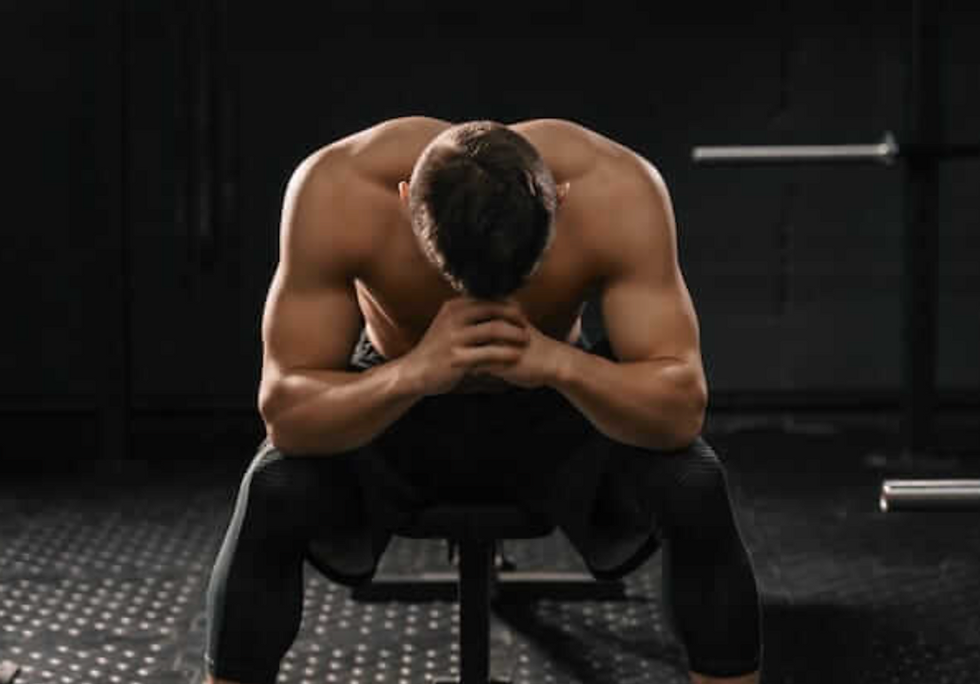The Importance of Iron for Athletes: A Focus on Female Athletes
- DR SARA FORSYTH

- Dec 9, 2024
- 3 min read
Iron is an essential mineral that plays a crucial role in maintaining overall health and performance, especially for athletes. Iron is particularly vital for female athletes because of their physiological differences and unique physical demands activity.
Why Iron Matters

Iron is a fundamental component of hemoglobin, the protein in red blood cells responsible for transporting oxygen from the lungs to the rest of the body. It also plays a role in energy production and immune function. Without enough iron, athletes may experience fatigue, decreased performance, and a weakened immune system, which can hinder their training and performance
The Unique Needs of Female Athletes: 15-35% of female athletes are iron deficient
Female athletes are at a higher risk of iron deficiency for several reasons:
Menstruation: Monthly blood loss can deplete iron stores, making it challenging to maintain adequate levels.
Dietary Choices: Women may consume less dietary iron, either due to lower caloric intake or dietary restrictions.
Increased Demands: Intense training increases iron loss through sweat, small amounts of gastrointestinal bleeding, and heel strike hemolysisExercise increases Hepcidin: a liver-derived peptide hormone, that decreases iron utilization.
Impact on Athletic Performance
Iron deficiency can lead to anemia, characterized by low hemoglobin levels and reduced oxygen-carrying capacity. Symptoms include fatigue, weakness, shortness of breath, and impaired thermoregulation. For athletes, these symptoms can translate into decreased endurance, slower recovery times, and an increased risk of injury.
Additionally, suboptimal iron levels can impact cognitive function, aecting concentration and mood.
Tips for Maintaining Adequate Iron Levels
1. Balanced Diet: Incorporate iron-rich foods such as lean meats, fish, poultry, beans, lentils, and fortified cereals. Pairing these with vitamin C-rich foods can enhance iron absorption.
Monitor Iron Status: Regular blood tests can help track iron levels and catch deficiencies
early. Athletes should work with healthcare professionals to interpret results and adjust
their intake accordingly.
Consider Supplements: In some cases, dietary adjustments might not be enough. Iron
supplements can be beneficial. Retest after 6-8 weeks.
Mind the Timing: Consuming calcium-rich foods or drinks alongside meals can inhibit iron
absorption, so it's advisable to space them apart by at least two hours.
Maintain Energy Availability: lower overall energy intake increases risk of nutrient
deficiency
Dietary Sources

Understanding Heme vs. Non-Heme Sources of Iron
Iron is available in two dietary forms: heme and non-heme iron. Understanding the dierences between these two types can help athletes, particularly female athletes, optimize their iron intake for better health and performance.
Heme Iron
Sources:
Found primarily in animal-based foods. Rich sources include red meat, poultry, and fish.Higher Absorption Rate: Heme iron is more readily absorbed by the body compared to non-heme iron. The absorption rate of heme iron is approximately 15-35%.
Less Aected by Dietary Factors: Its absorption is less influenced by other dietary components compared to non- heme iron
Non-Heme Iron
Sources:
Found in plant-based foods.Common sources include beans, lentils, tofu, spinach, fortified cereals, and nuts. Lower Absorption Rate: Non-heme iron has an absorption rate of about 2-20%. Influenced by Diet: absorption can be enhanced or inhibited by other dietary factors. Vit C can increase non-heme iron absorption, while calcium, tannins (in tea and coffee), and phytates (in whole grains and legumes) can inhibit it.
Pair with Vitamin C: Consuming vitamin C-rich foods like citrus fruits, berries, and bell peppers alongside non-heme iron sources can enhance absorption.
Avoid Inhibitors During Meals: Limit calcium-rich foods, tea, and coee during meals that are rich in non-heme iron.
Diversify Iron Sources: Incorporate a mix of heme and non-heme iron sources when possible to maximize overall iron intake and absorption.
By understanding and utilizing both heme and non-heme iron sources effectively, female athletes can better manage their iron levels and support their athletic performance and overall health.

References
Iron Deficiency Anemia in Athletes: A Review. Sports Medicine, 2020.
Iron and Athletic Performance: A Review. American Journal of Clinical Nutrition, 2017.
The Role of Iron in Human Health: A Review. Journal of Nutrition, 2021.




Comments